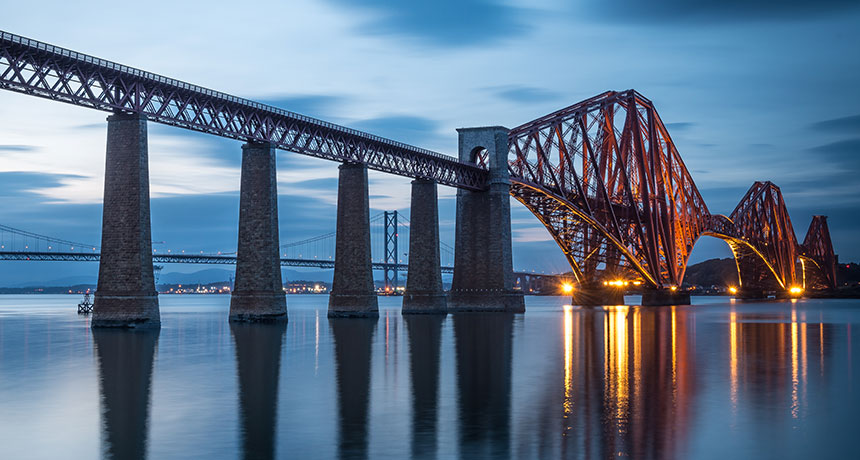Bone-inspired steel cracks less under pressure

The heavy-duty material used to build bridges and sculpt skyscrapers could learn a few tricks from humble bones.
Steel’s weakness is its tendency to develop microscopic cracks that eventually make the material fracture. Repeated cycles of stress — daily rush hour traffic passing over a bridge, for example — nurture these cracks, which often aren’t apparent until the steel collapses. Bones, however, have a complex inner structure that helps them deal with stress. This structure differs depending on the scale, with tiny vertically aligned fibers building up into larger cylinders.
To mimic this variability, researchers fabricated steel with thin, alternating nanoscale layers of different crystal structures, some of which were just unstable enough to morph a bit under stress. That complicated microstructure prevented cracks from spreading in a straight line, slowing their take-over and preventing the material from collapsing, the scientists report in the March 10 Science. This experimental steel requires much more testing before it can be used in construction, says study coauthor C. Cem Tasan, a materials scientist at MIT. But the principles could be applied to other mixed-composition metals, too.